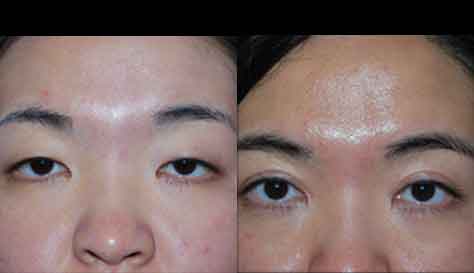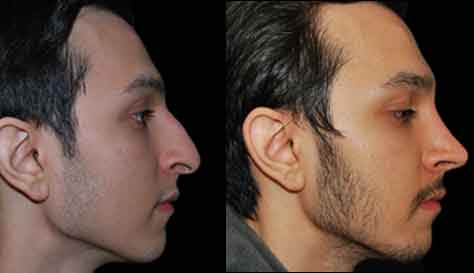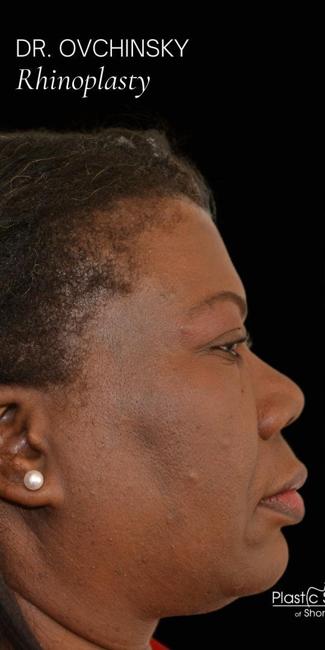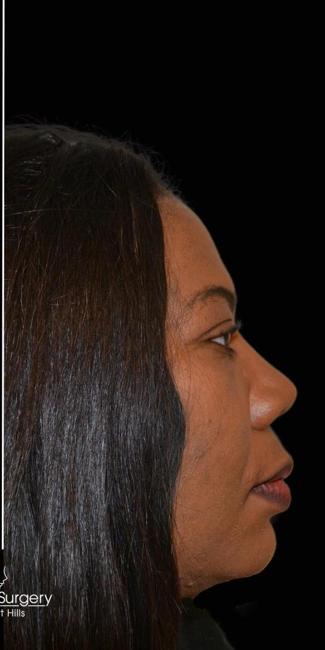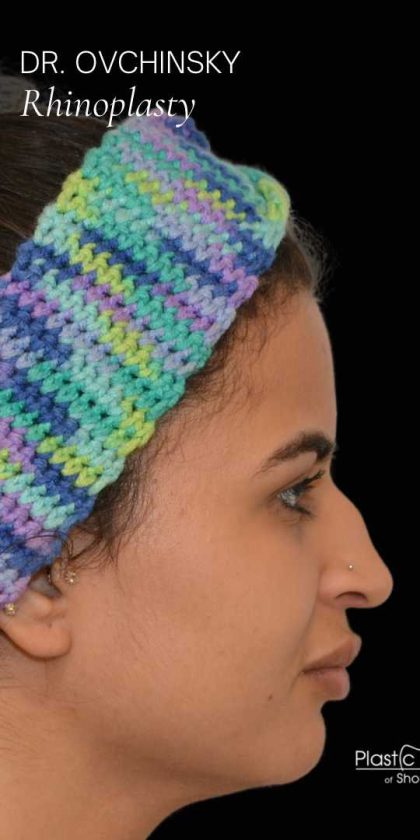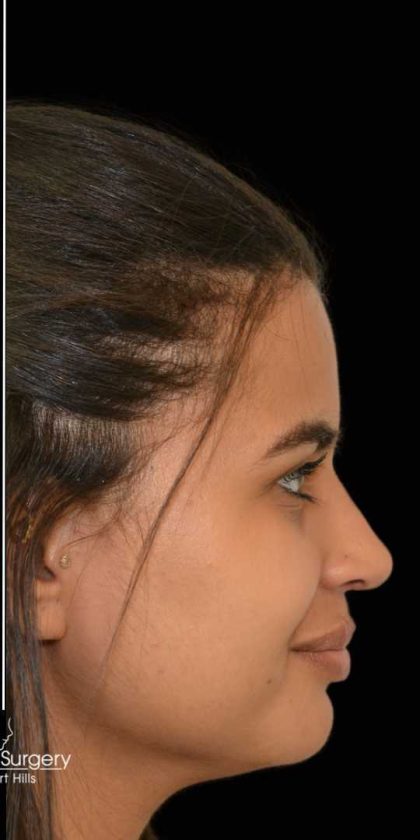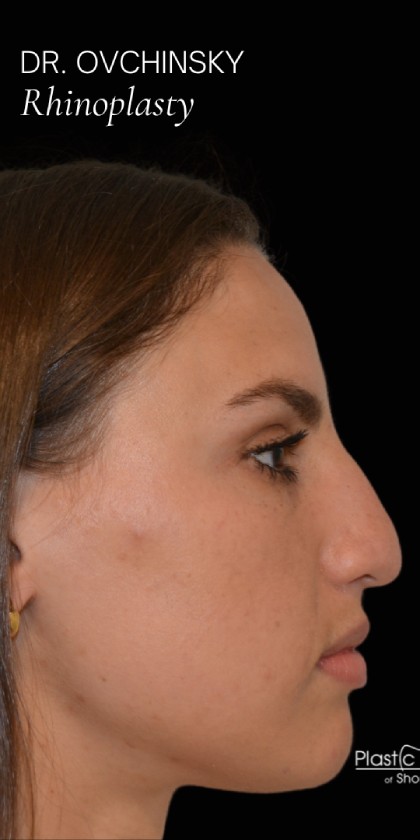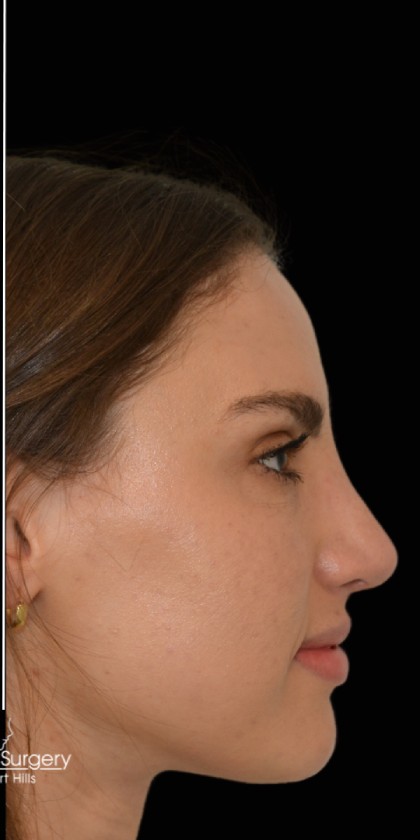Hispanic Rhinoplasty
Conveniently located to serve the areas of New Jersey and New York
Dr. Ovchinsky is a nationally recognized expert in Rhinoplasty. For more information about this procedure please view our Rhinoplasty page.
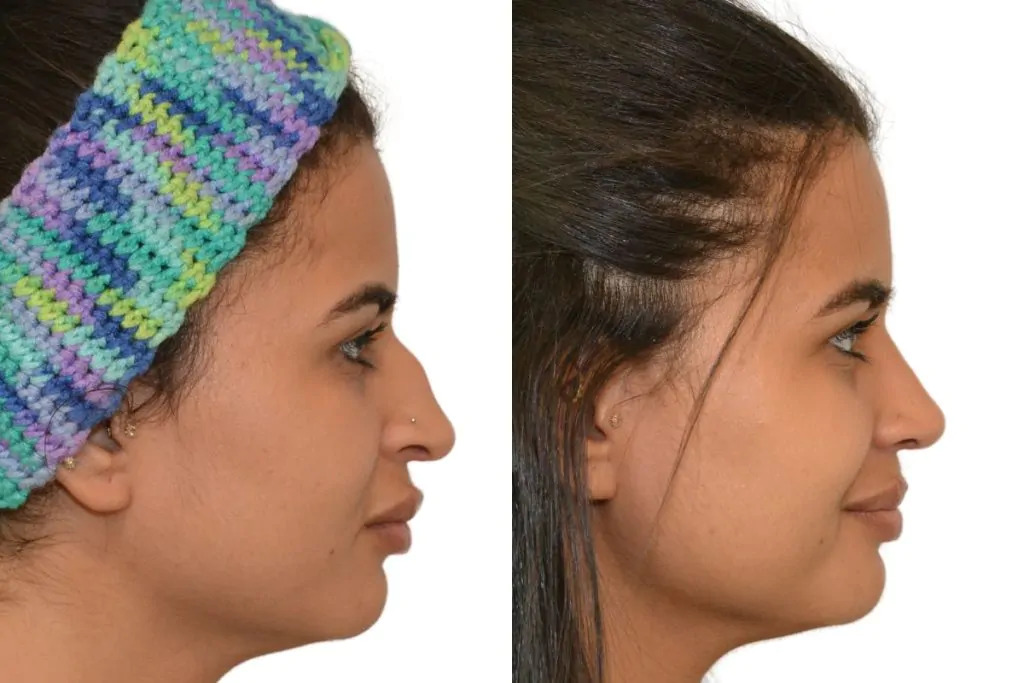
Rhinoplasty is becoming increasingly common in Hispanic patients. As such, there have been developments in the procedure that produce results that match the facial aesthetics of Hispanic patients. The New York and Short Hills area has a substantial Latino population, and Dr. Alexander Ovchinsky has noticed a growing demand for Hispanic rhinoplasty in the past few years. Each ethnicity-specific rhinoplasty procedure carries its own unique nuances that must be accounted for to ensure results that create a natural-looking appearance.
Dr. Ovchinsky’s extensive rhinoplasty experience has allowed him to perform the procedure on patients of all races and backgrounds, but his success with Hispanic rhinoplasty has won him trust and popularity within the community. If your nose is not what you want it to be, there are options available to help you grow your confidence and construct your ideal appearance. Schedule a consultation with Dr. Ovchinsky to plan your procedure, or call Plastic Surgery of Short Hills at either our Brooklyn or Short Hills office with any questions you may have.
- Brooklyn: (718) 646-1234
- Short Hills: (973) 379-0101
Contents
Before and After Photos
About Hispanic Rhinoplasty
Like all other types of ethnic rhinoplasty, management of the Hispanic nose requires a thorough understanding of the ethnic anatomy and the common issues encountered within this particular patient population. There is a fairly wide variability in the appearance of Hispanic rhinoplasty patients based on the fact there are many distinct intra-ethnic differences within the Hispanic population. For instance, Hispanic rhinoplasty patients with ancestry based more in Central and South America (excluding Brazil) tend to have noses that look somewhat different from those with more of an Iberian Spanish heritage (this does not include Portuguese, Basque, Catalan, or Andorran individuals). Dr. Ovchinsky’s refined rhinoplasty procedures and experience have given him a unique understanding of the Hispanic nose that other doctors in the New York and Short Hills areas do not have. That being said, there are many common features of the Hispanic nose that are encountered regularly by experienced rhinoplasty surgeons, including: (1)
Thick Nasal Skin
One of the most common features of the Hispanic nose is moderately thick skin. In many cases, the Hispanic nose will have thicker-than-average skin with more concentrated oil-producing sebaceous glands. This often translates into a nose that has less-defined surface anatomy and more natural skin moisture. This is largely because thicker skin does not allow the underlying cartilage and bone to show through as easily as thin skin.
Dorsal Hump
Another common characteristic of the Hispanic nose is a dorsal hump. In many cases, the dorsal hump will create the appearance that the nasal tip is drooping down more than desired. If the nasal tip is naturally droopy, the dorsal hump will make it look even more obvious.
Weak Tip Cartilages
In addition to thicker skin, the Hispanic nose tends to have weaker tip cartilage. This further compounds the problems related to thick skin since the underlying native cartilage is frequently too thin to adequately shape the overlying soft tissue.
Wide, Flared Nostril Base
Many Hispanic noses also have a wide nostril base. The nostril base refers to the bottom of the nose where it attaches to the upper lip. In addition to being wide across, many Hispanic noses are also flared, which adds to an excessively rounded shape of the nostrils.
Benefits of Rhinoplasty
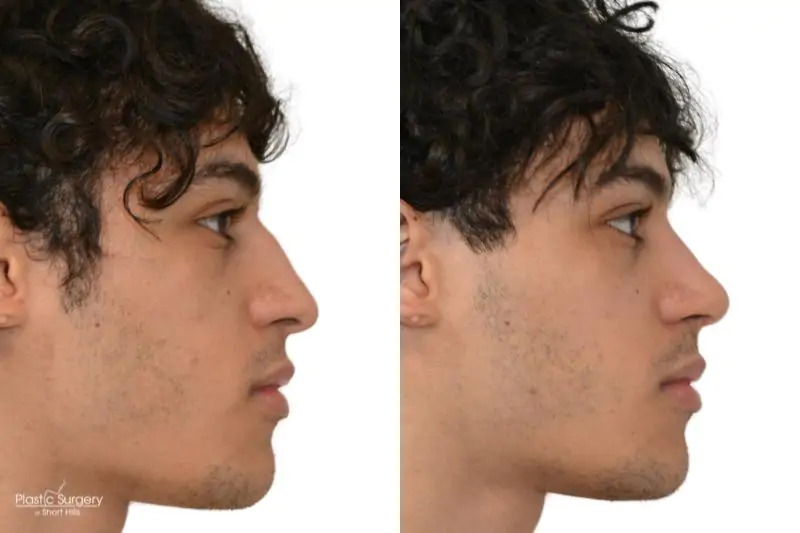
The benefits that rhinoplasties offer patients are consistent across all races. Hispanic rhinoplasty can correct breathing issues, treat congenital defects, improve upon a past rhinoplasty, and enhance the patient’s appearance to their desired image, (2) all while maintaining the nuances of Hispanic nasal qualities.
Other benefits include:
- Facial Harmony: Enhancing the proportions of the nose can create greater balance among facial features.
- Increased Self-Esteem: Many patients report improved confidence and self-image following the enhancement of their nasal aesthetics.
- Personalized Treatment Plans: Dr. Ovchinsky focuses on individualized approaches, ensuring results that resonate with each patient’s specific facial structure and cultural background.
- Long-Lasting Results: Surgical rhinoplasty generally provides permanent enhancements, as opposed to temporary solutions.
- Minimized Scarring: Advanced surgical techniques aim to conceal incisions, leading to discrete scars post-surgery.
- Greater Satisfaction: Personalized attention to aesthetic goals leads to higher levels of overall patient satisfaction.
Personal Consultation
When you meet with Dr. Ovchinsky to plan your rhinoplasty, you will first discuss your motivations behind wanting to alter your nose and specify what you want to correct. From here, we will review your medical history, document your nose with pre-operative photographs, and you will receive specific instructions on how to prepare and recover.
Preparation
If you are on blood thinners, you will be asked to stop them approximately one week before surgery. We also ask that you avoid certain over-the-counter medications; including ibuprofen, aspirin, certain vitamins, and more. If you are taking herbal supplements, you should stop those as well as they may contain blood-thinning compounds. Also, you must completely quit smoking at least two weeks before your surgery.
You will have a preoperative appointment well in advance of your surgery where Dr. Ovchinsky will review all medications with you. You may continue taking most routine medications up until the morning of surgery with a small sip of water. You will also be required to fast for a period before your procedure. You should arrange for transportation home post-surgery and allocate sufficient time away from work or social responsibilities for adequate rest and recovery.
Procedure
One of the key considerations when performing Hispanic rhinoplasty is overcoming the relatively thick nasal skin. This typically means that more effort has to be put forth to reshape and adequately support the cartilaginous framework in this type of nose. This is commonly accomplished with the use of cartilage grafting; often taken from the septum, ear, or ribs. In a majority of these cases, it is the nasal tip that requires grafting to achieve better support, enhanced definition and refinement. The nose will have more shape and definition than before once the nasal skin redrapes over the newly rebuilt tip cartilage framework.
When reducing the height of the dorsal bridge in the Hispanic rhinoplasty patient, it is better to avoid aggressive changes. The goal in Hispanic rhinoplasty patients is to straighten the bridge and create a gentle slope into the nasal tip. Some Hispanic rhinoplasty patients (especially males) even request that a slight convexity be left intact when reducing the bridge. Over-aggressive bridge height reduction in Hispanic patients can easily result in a nose that does not harmonize with the surrounding facial features. (1)
Management of the wide flared nasal base in the Hispanic rhinoplasty patient usually involves the removal of the excess soft tissue volume contributing to the excess width. In some patients, this requires a sill incision. By removing a segment of the sill — the small piece of skin at the rear end of the nostril opening — and suturing the edges back together, the nostril base can be brought in closer to the midline, thus narrowing the base. (2) In other Hispanic patients, a wedge of soft tissue is removed from the outer border of the nostril, which more directly addresses the flaring component. (1) Some patients require a combination of these methods.
Recovery
After your procedure, you will need to keep your head elevated when in bed to help reduce swelling faster. You should begin to start walking, eating, and using the restroom on your own the day after surgery. Your activity can slowly increase each day but it will take up to 2 weeks before you start to feel fully recovered. You should avoid any strenuous activity for 4 weeks. You will need to take medication prescribed to you by Dr. Ovchinsky; which usually includes antibiotics, pain medicine, antibiotic ointment for the incisions, and occasionally anti-nausea medications. Your stitches will be removed 5-7 days after your procedure, and Dr. Ovchinsky recommends that patients do not return to exercise for 3 weeks after their procedure. If your procedure requires a cartilage graft, please ensure to promote the recovery of this site as well.
Results
Once you have fully healed, you will notice a nose that matches your ideal image and makes you happy. Dr. Ovchinsky tailors his procedures to each patient rather than using the same surgical techniques on everybody. The technique he uses causes minimal pain, has natural results, and is long-lasting. The vast majority of patients are quite surprised at how little discomfort they have and how quickly they return to normal activity. Patients usually have minimal bruising. Finally, with Dr. Ovchinsky’s attention to detail during skin closure, scars are typically minimal and are often difficult to see once they have fully matured.
Cost of Hispanic Rhinoplasty in New Jersey
Rhinoplasties are hyper-specific procedures for patients of all races and ethnicities. Each patient’s goals and starting appearance will need to be considered while planning their procedure, and because of this, no two rhinoplasties will be the same. To get the most accurate price quote possible for your procedure, we recommend discussing this at your consultation with Dr. Ovchinsky. By listening to your goals and seeing your nose in person, he will be able to estimate what your procedure will entail and give you a cost estimate.
- Brooklyn: (718) 646-1234
- Short Hills: (973) 379-0101
References
- Higuera S, Hatef DA, Stal S. Rhinoplasty in the Hispanic Patient. 2009;23(03):207-214. doi:https://doi.org/10.1055/s-0029-1224800
- Fichman M, Piedra Buena IT. Rhinoplasty. PubMed. Published 2020. https://www.ncbi.nlm.nih.gov/books/NBK558970/




